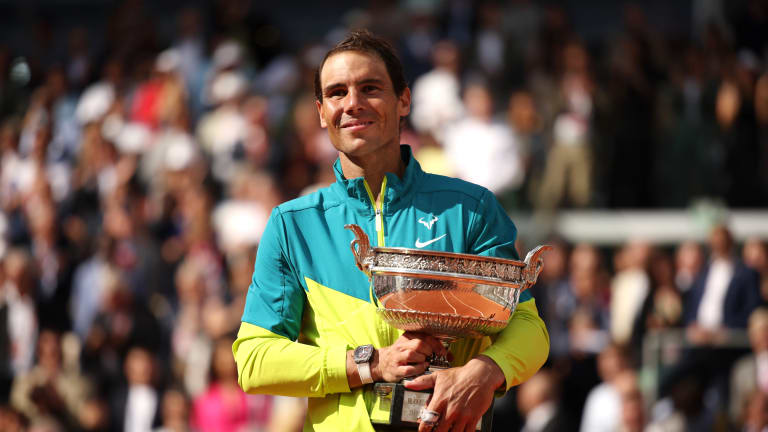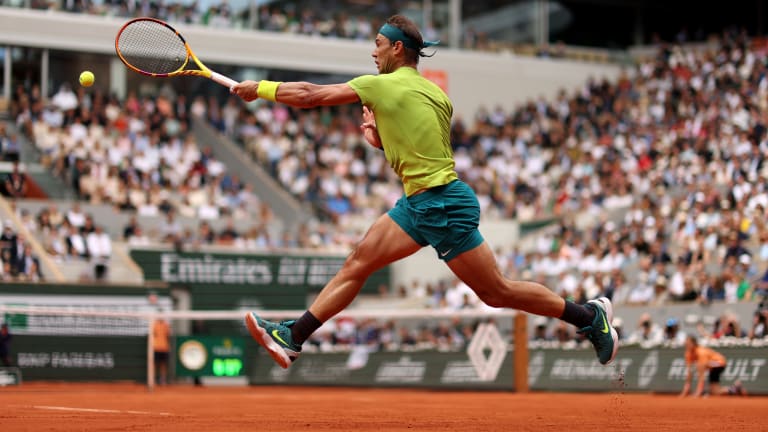Facts & Stats
Rafael Nadal: 22 stats for his 22nd Grand Slam title
By Jun 09, 2022Facts & Stats
Iga Swiatek is one Australian Open title away from completing a Career Slam
By Jan 14, 2026Facts & Stats
Carlos Alcaraz to chase historic Career Slam at this year’s Australian Open
By Jan 13, 2026Facts & Stats
Happy birthday, Hsieh Su-wei! 40 stats for the Taiwanese trailblazer's 40th birthday
By Jan 04, 2026Facts & Stats
Carlos Alcaraz tops ATP prize money leaders for 2025 with over 21 million dollars
By Dec 24, 2025Facts & Stats
Most prize money in 2025: Aryna Sabalenka breaks single-season WTA record
By Dec 05, 2025Facts & Stats
Most wins in 2025: Carlos Alcaraz dominates leaderboard with sparkling 71-9 record
By Dec 04, 2025Facts & Stats
Biggest ranking jumps in 2025: Amanda Anisimova makes biggest leap into Top 10
By Dec 03, 2025Facts & Stats
Most titles in 2025: Carlos Alcaraz joins exclusive list with eight trophies this year
By Dec 02, 2025Facts & Stats
Most aces in 2025: Elena Rybakina becomes first woman in nine years to surpass 500 aces
By Dec 01, 2025Rafael Nadal: 22 stats for his 22nd Grand Slam title
From winning eight of his last nine Grand Slam finals to improving to 112-3 in his career at Roland Garros, the Spaniard just keeps piling on the numbers.
Published Jun 09, 2022
Advertising

Nadal is now 104-1 in his career at Roland Garros against players who aren't ranked No. 1, the only loss coming to No. 25-ranked Robin Soderling in 2009.
© 2022 Getty Images
Advertising

Nadal was playing against Ruud for the first time, which was the Spaniard's first ever first-time meeting in a Grand Slam final.
© Getty Images